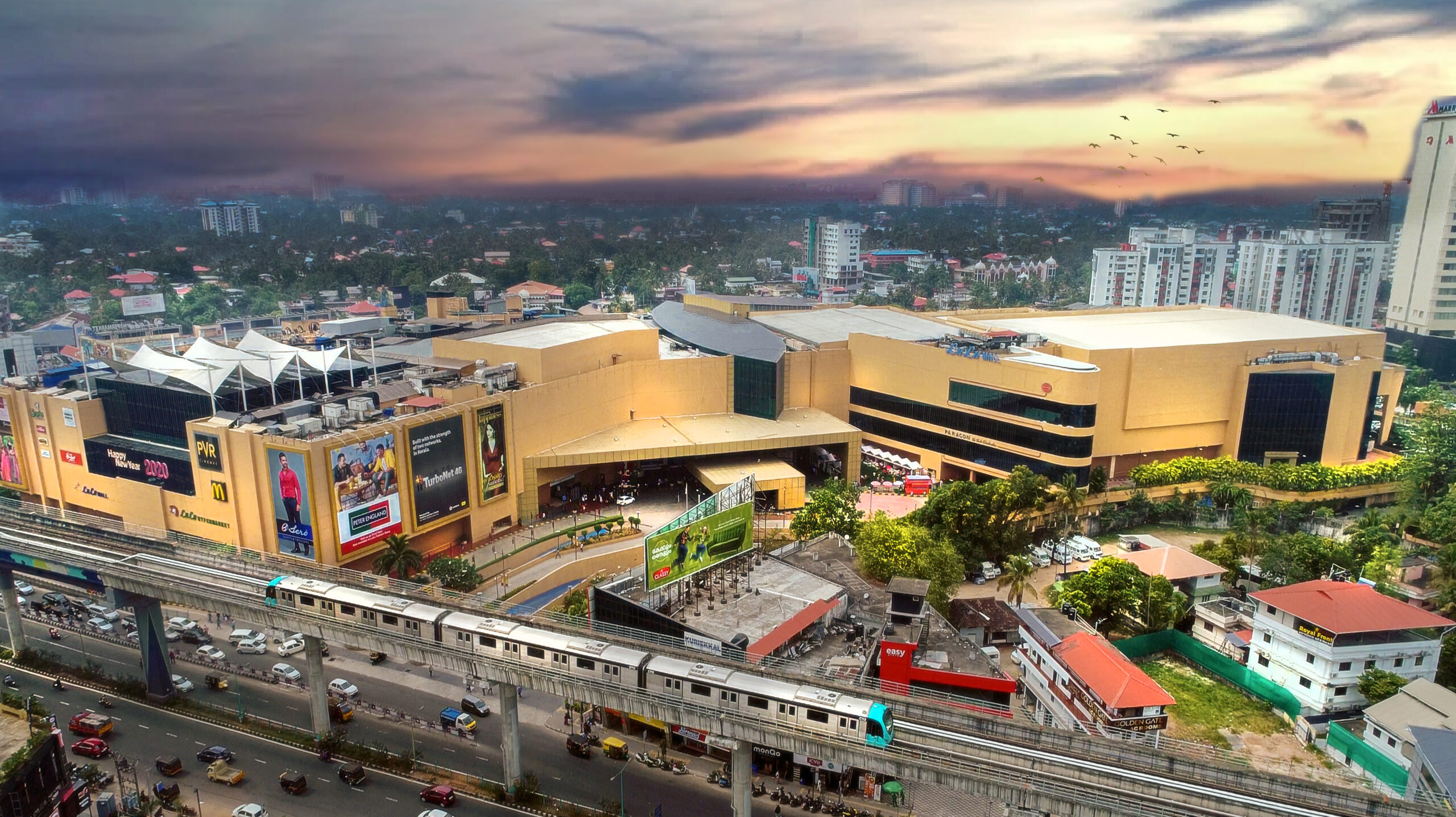Anil Menon, chief information officer (CIO), of Lulu Group India, sheds light on how shopping centres are leveraging technology and working with brands to meet customer expectations
New Delhi: With an experience of almost two decades across information technology, retail, e-commerce, real estate, logistics & hospitality sectors, Anil Menon has worked extensively on digital transformational projects, cloud & mobility platforms, retail analytics, enterprise systems, and security & information management systems.
Working with companies such as Future Group, Wadhwan Retail, and Zensar Technologies has given him vast experience. Menon’s key technology implementations focus on enhancing employee experience and transparency, which leads to better customer interactions and satisfaction. This includes ensuring product availability and efficient deliveries, resulting in an improved customer experience.
Menon is now applying his expertise and experience at Lulu Group to help the retail conglomerate keep up with the changing times and customer expectations.
Abu Dhabi-based Lulu Group International operates a chain of malls, hypermarkets, and retail companies across GCC (Gulf Cooperation Council) countries, Egypt, Malaysia, Indonesia, and India. Currently, it has more than 250 hypermarkets and over 25 shopping malls across 22 nations.
In India, the retail conglomerate has malls in Palakkad, Kochi, Thiruvananthapuram, Triprayar, Bengaluru, Lucknow, Hyderabad and Coimbatore. And plans to launch two new malls in Chennai, Ahmedabad, and six neighbourhood centres in Kerala. Last year, the company launched two new malls at Hyderabad in Telangana and Palakkad in Kerala.
In an exclusive interaction with IndiaRetailing, Anil Menon, chief information officer (CIO), of Lulu Group India sheds light on how shopping centres are leveraging technology and working with brands to meet customer expectations.
Edited excerpts…
How has technology in malls changed?
With the increase in walk-ins, customer expectations from malls have changed drastically. Enhanced use of CCTV systems now gathers valuable data on customer trends and flows, aiding in understanding customer behaviour, and enabling effective collaboration between retailers and mall owners.
Technologies such as 3D, augmented reality (AR), and virtual reality (VR) are gaining popularity, providing engaging and immersive experiences with content-rich graphics and interactive displays becoming standard.
During festive seasons like Diwali in North India or Onam and Vishu in Kerala, traditional elements resonate well with customers, and by understanding these trends, retailers can tailor their offerings accordingly.
How is technology helping malls become sustainable?
Today’s generation is highly conscious of sustainability, associating brands with their eco-friendly practices. This leads to the incorporation of sustainable technologies, such as energy-efficient LED screens, to minimize environmental impact. Integrating advanced technologies and focusing on sustainability are key trends in modern mall management, meeting the evolving expectations of customers.

As a mall, how do you help brands in their omnichannel journey?
For that, you should look at a mall as a marketplace. To help brands in their omnichannel journey, retailers and mall owners collaborate to enhance the customer experience. This collaboration involves integrating brands into a mall’s broader canvas, making it easier for them to navigate and benefit from the mall’s ecosystem. Many mature brands are already on their omnichannel journey, and we aim to leverage and complement their efforts. By working closely with retailers, we enhance their omnichannel strategies, creating a seamless experience for customers and fostering a more interconnected retail environment. This synergy ultimately benefits both the brands and the mall, leading to improved customer satisfaction and business growth.
How does it help your journey?
It is a learning experience where we do not have to reinvent the wheel since many brands have already navigated these challenges. By sharing insights and collaborating with retailers, we enhance the overall customer experience, aligning with the technologically advanced trends that some brands have already implemented.
This collaboration acts as a bridge or a barter system, where mutual support leads to better outcomes for both parties. Ultimately, we all serve the same customer, whether as a mall owner or a retailer. By enriching the customer experience, we achieve business growth and brand enhancement. Additionally, our ecosystem has evolved to prioritise growth partnerships over competition, fostering mutual development and success.
How do you manage data and inventory?
Managing data, and inventory starts with a top-down approach where our owners prioritize employees first, emphasizing the human aspect. This philosophy drives our technology implementations, ensuring they are operationally feasible and enhance the customer experience without burdening our employees. For instance, integrating advanced RPA (robotic process automation) or bots must simplify operations rather than complicate them.
Our employees need seamless access to crucial information, such as inventory status and product details, ideally through a single device. This integration significantly enhances the customer experience. Additionally, we focus on supply chain transparency and visibility to maintain optimal inventory levels, avoiding both overstocking and understocking. This journey towards optimization is a core part of our strategy, especially in our omnichannel efforts.
Tell us a bit about your employee training initiatives.
At our organization, we continuously drive skill development for our employees by involving them in initiatives from day one, treating them as key stakeholders. We conduct ongoing training programs, especially when new implementations arise, guiding employees through the journey and addressing potential pain points for better execution.
This approach empowers employees, making them feel responsible and invested in their roles. When employees feel valued and supported by the brand, they, in turn, provide better service to customers. This sense of ownership and empowerment leads to positive outcomes, both for the employees’ growth and the overall customer experience.


